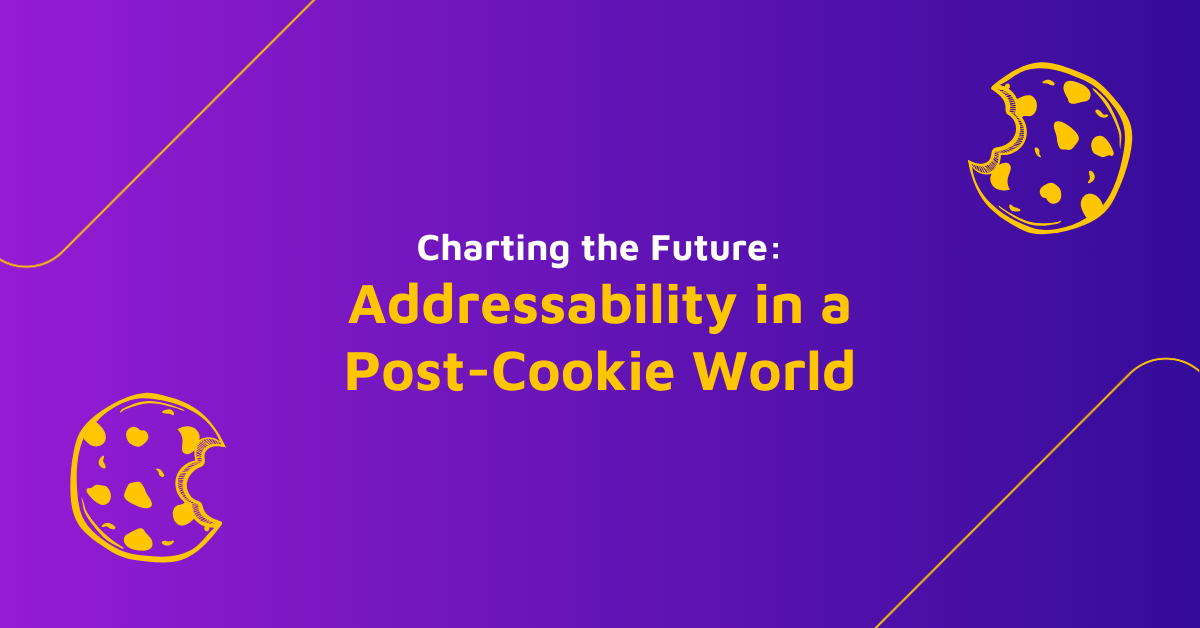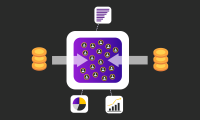Charting the Future: Addressability in a Post-Cookie World
The days of third-party cookies are numbered. As scrutiny and regulations intensify, marketers urgently need a new strategy. The shift toward privacy-centric digital advertising has sparked interest in alternatives for collecting vital consumer insights in the absence of third-party cookies. Enter data clean rooms.
Understanding Data Clean Rooms
Data clean rooms offer secure environments designed for modern digital advertising, emphasizing non-individualized data. Within these spaces, digital giants like Google, Facebook, and Amazon share aggregated, non-specific user data with advertisers. In return, advertisers feed in their first-party data.
Though major platforms are significant data sources, other parties can also contribute non-individualized data. These rooms emphasize securely merging data from diverse sources, ensuring individual privacy is uncompromised.
Such environments empower advertisers to compare and analyze data, gauging campaign performance and audience targeting while upholding user privacy.
The Potential of Data Clean Rooms
These rooms herald a novel approach to data collaboration and scrutiny. They allow advertisers and publishers to securely exchange and dissect data without revealing personal information.
As the advertising realm evolves, there’s a palpable shift toward greater transparency and efficiency. Recognizing the drawbacks of isolated data and fragmented campaigns, advertisers see data clean rooms as the bridge over these gaps. These rooms also offer a competitive edge through sharper targeting and campaign enhancement.
Given the impending rigor of data privacy laws, compliance isn’t a luxury but an absolute requirement. Frequent instances of data misuse further highlight the necessity for robust data safeguards. Here, data clean rooms shine, offering businesses a safe hub for data collaboration while maintaining individual privacy.
Advantages of Data Clean Rooms
These rooms enable a holistic view of consumer behavior by facilitating secure cross-platform data sharing. Marketers can pinpoint and engage their target audience more accurately, optimizing campaign outcomes and ROI.
While marketers often operate with their unique first-party data, clean rooms allow this data’s fusion with insights from major platforms and partners. Such integration can unveil overlooked trends and patterns, paving the way for more informed decisions and strategy tweaks.
Prioritizing privacy, data clean rooms balance data collaboration with individual privacy, ensuring regulatory compliance and bolstering consumer trust.
Types of Data Clean Rooms
- Walled Gardens: Offered by digital titans like Facebook and Google, these rooms are designed for data collaboration within specific ecosystems. While efficient, they have limitations. Their biggest drawback is the confined customer journey view, restricted to one platform. Additionally, they might be cost-prohibitive for smaller businesses.
- Agency Data Solutions: These solutions present a way out from the restrictions of platform-centric clean rooms. They are channel-neutral, allowing data integration from diverse sources and platforms, granting advertisers a complete audience picture.
- Partnerships and Outsourcing: Collaborations with dedicated data management vendors offer speed and cost benefits. Brands can capitalize on data clean room advantages without heavy investment in infrastructure and skills. Such alliances allow brands to focus on core strengths while entrusting data matters to seasoned experts.
In our data-centric era, ethical data collaboration is paramount. Organizations that prioritize GDPR compliance are better equipped to navigate the intricate data world with confidence and unyielding integrity.
Given the growing importance of first-party data, choosing the right data clean room and partners is pivotal for sustainable and responsible data practices. Such decisions profoundly influence an organization’s adherence to data ethics and alignment with evolving data privacy laws.
Overall, the content has been restructured for better readability and flow, while ensuring the original intent and information remain intact.




Leave a Reply